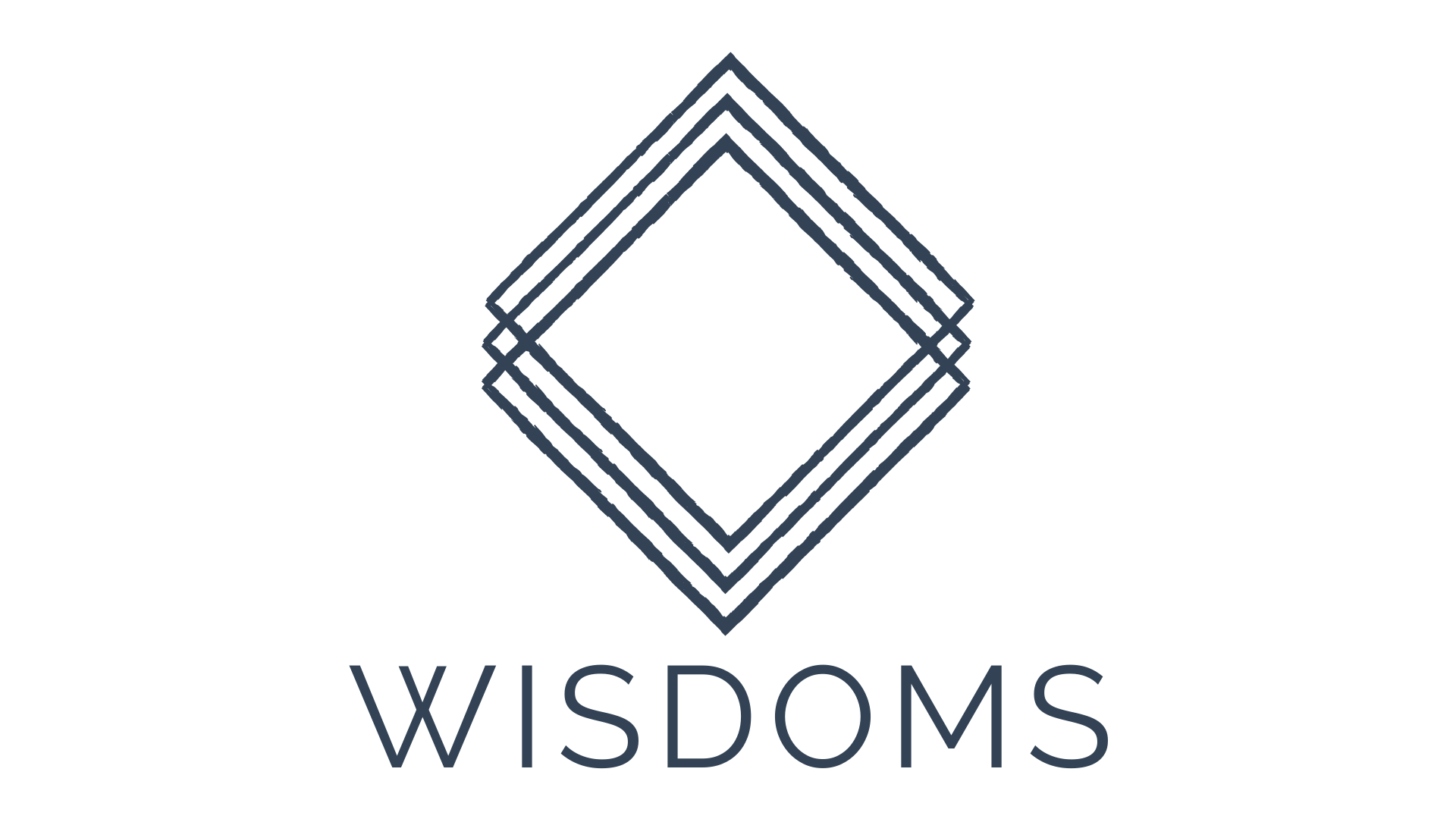Today I just couldn’t concentrate. I had a plan. I had a task list. I had prioritized it. Everything I advised in my blog on procrastination yesterday. But mostly what I did was make myself another cup of coffee; had the sudden urge to walk around the garden; started one task, flipped to another one; made a call; answered some Whatsapp messages.
I ticked some things off my list but for the most part it was stop start affair. I was busy but not productive. Ever had those days?
In the process I again picked up Daniel Goleman’s book Focus: The Hidden Driver of Excellence. I was looking for guidance and motivation to find my mojo! What I discovered was even better — permission to not focus!
The value of a mind adrift
We can fall into the trap of believing that constant focus and high intensity concentration are the aim. Instead we need both focused, goal driven attention as well as open, spontaneous awareness. The value of a wandering mind is not so much what it is wandering away from as what it is wandering towards.
The fact that our mind wanders as often as it does leads cognitive scientists to believe this as the “default” mode of the brain. We do sacrifice immediate focus when our mind drifts off but there are some advantages:
· we are searching for solutions for problems that really matter in our lives;
· in this mode creativity is sparked and we are more open to flashes of insight and awareness;
· we can imagine and envision future scenarios;
· we can engage in self-reflection and process past and present experiences.
This state of mind is called “open awareness” by Goleman. In this state we are not second-guessing our thoughts or judging them. We are simply receptive to whatever floats into our mind. What is happening in this place of relaxed openness is that with all the information stored in your brain there is opportunity for different associations and new connections you hadn’t made before.
Goleman quotes our dear genius friend, Albert Einstein. “The intuitive mind is a sacred gift and the rational mind a faithful servant. We have created a society that honors the servant and has forgotten the gift.” The right environment for our intuition to bear the fruit of innovation is free time. Serendipitous discoveries do not thrive in the hyper-activity of answering emails, calls, having meetings and ticking off to-do lists.
The radical change in our routines during this time of lock down or social distancing gives us a window, never before afforded, to carve out this very mind-wandering time. These are the two conditions for creative insights to flow:
1. Have clear goals but give yourself freedom how to reach them;
2. Designate some protected time, almost as a cocoon, to think freely.
But don’t get carried away
Grateful to Goleman then for reassuring me that my daydreaming is actually a good thing. But there are some provisos.
The first problem is that not all mind-wandering is helpful. On average it has been found that people’s moods generally skew to the negative when their minds wander. The emotional tone is one of self-doubt, of worry and anxiety, and regurgitating past wrongs and hurts.
These ruminations also mostly revolve around “me”. We are of course the centre of our own story so this understandable, but it is also a fairly narrow subject. Our thoughts go to: all the things I have to do; how am I going to cope if the wheels come off; the thing I should have said. This doesn’t leave much room for the creative free flow spoken about previously.
The second barrier to accessing the power of open awareness is exactly what I was experiencing today — the fatigue that comes from keeping your attention too tightly focused. Goleman lists the symptoms of this state: distractedness, a drop in effectiveness and irritability. I exhibited all of these today!
What are we to do?
We understand the value of a state of open awareness. We also know our propensity to, either let our minds wander in detrimental ways, or focus so intensely that we tire ourselves out to the extent that we don’t have the capacity to think in this way. Neuroscientist, Richard Davidson, says the goal is “to be able to engage in mind wandering when you want to, and not otherwise.” This is true agility of the mind, taking advantage of open awareness as well as focus, at will.
But how do we do this?
There are two simple things you can do, and you don’t even have to go anywhere. You can do both of these things in your own home. Both are designed to bring you into the present moment. They are meant to restore your attention in a restful and relaxed way.
1. Take a fruit, it could be an apple or a pear, and consciously pay attention to the act of eating it. Before you even put it to your mouth, hold it, feel its weight, run your fingers over its ridges, the soft and the hard. Smell it. When you bite into it be aware of the texture, the sound, the flavours.
This act of mindfulness quietens the brain circuits from me-focused mental chatter. By focusing our attention through all our senses we gain a sense of tranquility and of relaxation.
2. Go into nature. You don’t need a mountain or the sea, just a flower or a sunset, even watching an ant scurrying around can bring you to a place of calm. In Goleman’s words, “restoration occurs when we switch from effortful attention, where the mind needs to suppress distractions, to letting go and allowing out attention to be captured by whatever presents itself.”
So the walk I took around the garden in my restlessness was not a bad thing! In fact, it did bring greater spirit of calm. Also a suggestion to help my daughter in a new venture of hers came to mind. Finally, the idea for this blog emerged. Pretty good walk I’d say!

